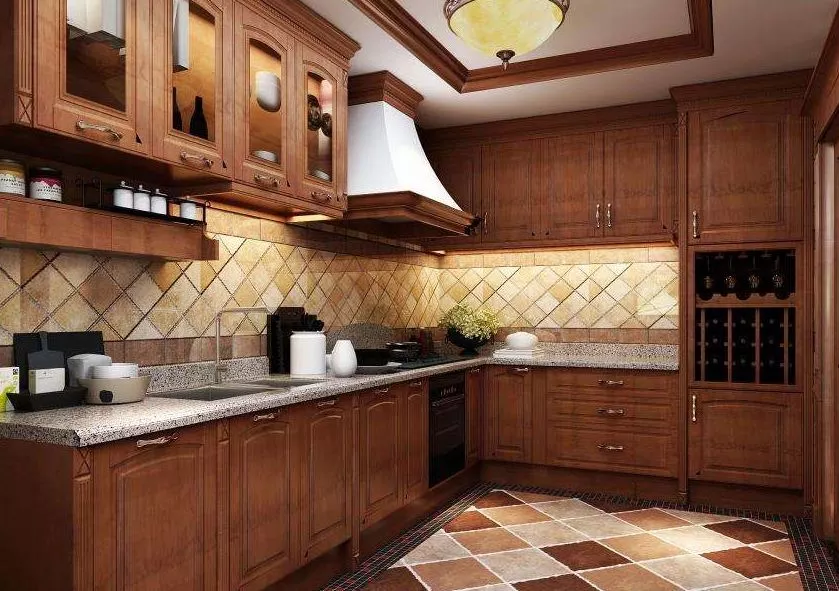Dear ladies and gentlemen, show me your home and I will tell you who you are. Many of your habits are culturally inherited when it comes to maintaining your home, and especially your kitchen. We propose you to review what you may have done differently if you were born in another country. How would an elegant hostess maintain her home?
Chinese and Western Kitchen
As a matter of fact, the biggest difference comes from cooking habits. If you are Chinese you probably prefer stir-frying or quick frying, while if you are European or American you are rather used to heating or cooking food in the oven or fry pan, which means less oil and less cooking smell. As a consequence, the way you have arranged your kitchen space if totally different.

Spatial Arrangement
For Chinese, a kitchen is only a place for cooking. And when you cook, you have to close the kitchen door, otherwise, the smell would pervade the whole room. In other words, cleaning Chinese kitchen is more likely war with the cooking smell, as well as the greasy stains during and after the cooking process.

The western kitchen is usually open space, sometimes it could even be a part of the living room. Thus, the kitchen area is visually brighter and cleaner than the Chinese one. Some families will also set up a certain space in the kitchen to enjoy themselves (bar, coffee table, etc.), as a result, the western kitchen is no longer just a place for cooking, but also for socializing to some extent. So if you want to try Chinese stir-frying in a Western kitchen, you should really think about it first!

Kitchenware
Plus what we mention above that the Chinese way of cooking is often with more oil, the kitchen wares in China are also more diverse. That explains why nearly 90% of Chinese don’t trust dishwasher for cleaning their dishes; but prefer using a lot of detergents and cleaning the dishes with hands.

In comparison, most of the western dishes like beef, fish, etc. could be cooked by frying pan with little oil. And 90% of westerners would use the dishwasher with less or even no detergent when cleaning their dishes.
Cleaning Tips

Designated area
Water sink: Salt the greasy stains of the water sink, and then wipe the area with plastic film; wash the sink with warm water.
Kitchen tiles: Cover the tiles with a paper tissue, and then spray the detergent over the area. Keep it for 3-5 minutes, then remove the tissue and wash the tiles with warm water.
Table: Salt the greasy area on the table, add salad oil onto the area; wait and then wipe it with a piece of cloth.
Appliances
Microwave oven: Add some detergent to a bowl of cold water, then heat the water with microwave oven for 3 minutes. Wipe the inside of the oven with a paper tissue.
Dishwasher: Place a cup of vinegar on the top rack, and run the machine without dishes. The vinegar works to loosen up any mineral deposits that might have built up.
Kitchenware
The cutting board: Cover the board with paper tissue; add vinegar to a bowl of warm water and spray the mixture on to the board; wait for 5-10 minutes to remove the tissue and clean the board with clean water.
Glasses: clean the inside of the glass with toothbrush and toothpaste, then clean it with fresh water.
Faux pas to avoid

– Wash the cutleries with clean water at least twice after using detergent or the chemical residues would cause health problems.
– Don’t use detergent to clean the cutting board, because some chemical composition in the detergent would pollute the wood board.
– Dishcloths should be cleaned and dried after use according to certain cleansing need. Prepare several dishcloths in the kitchen and don’t mix-use.
![]()

No matter what, you have to choose proper detergent and clean the kitchen regularly to keep your kitchen clean. What else do you know regarding this topic? Do you know any tips about cleaning the kitchen? Please share with us!


